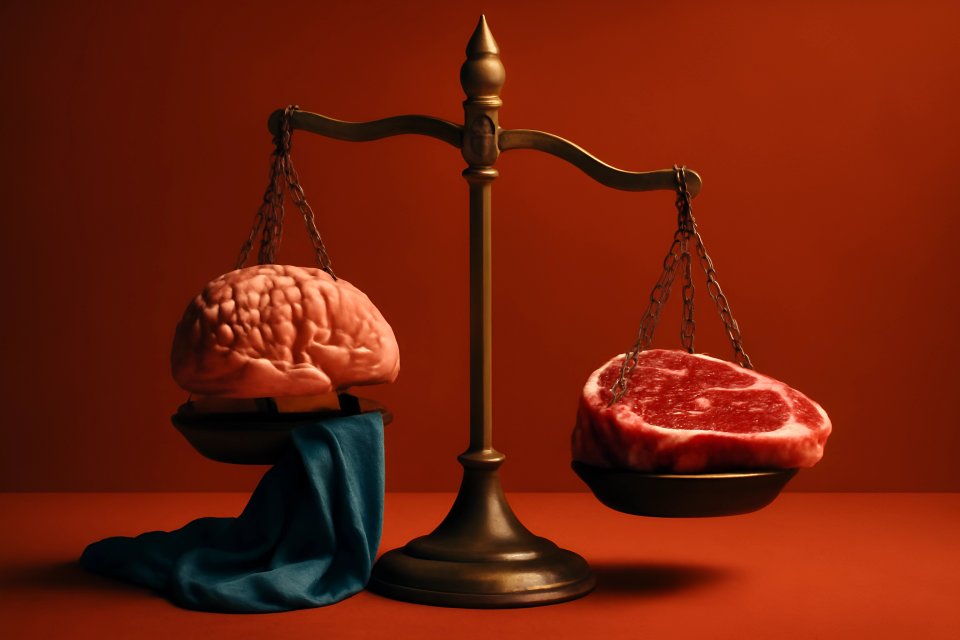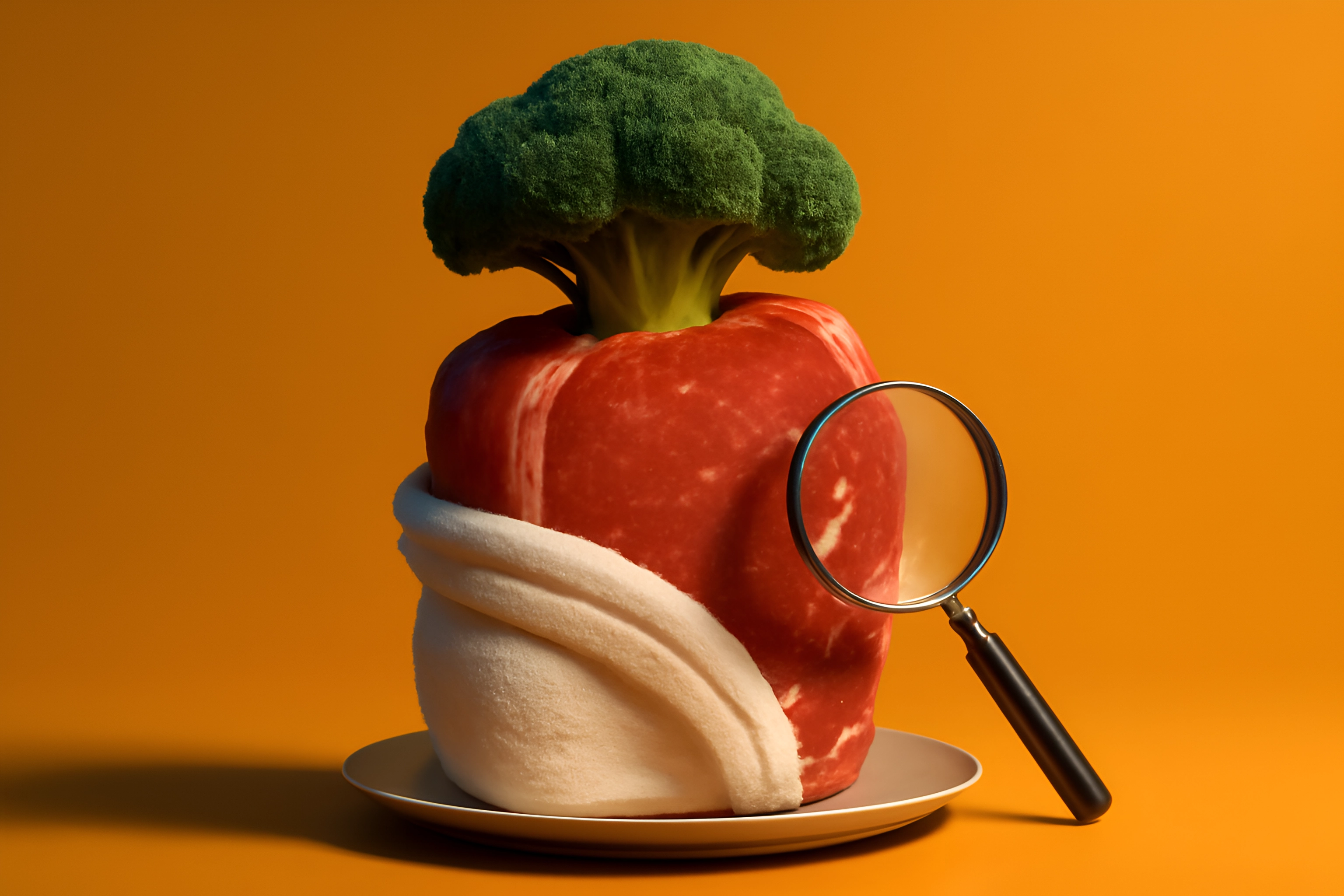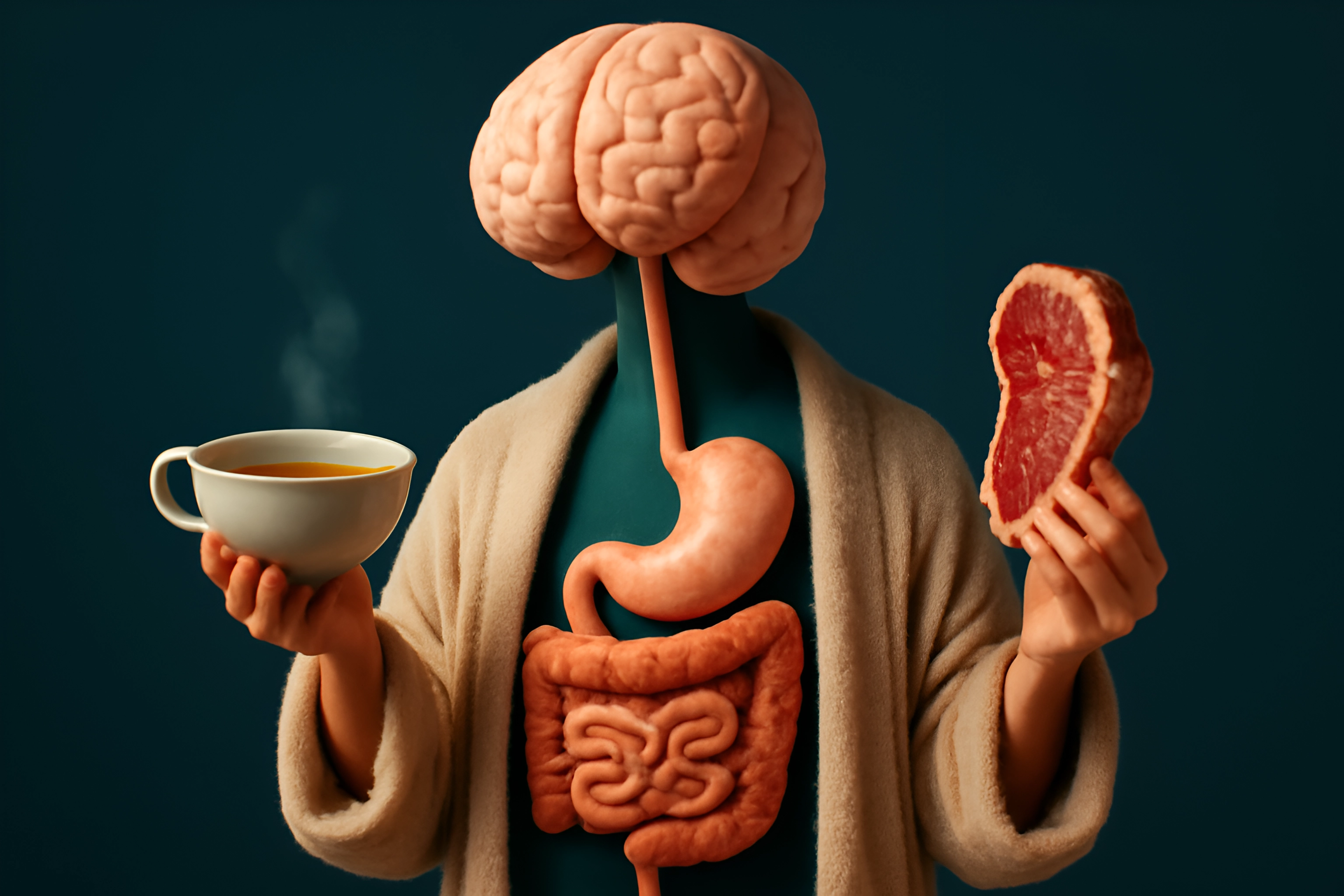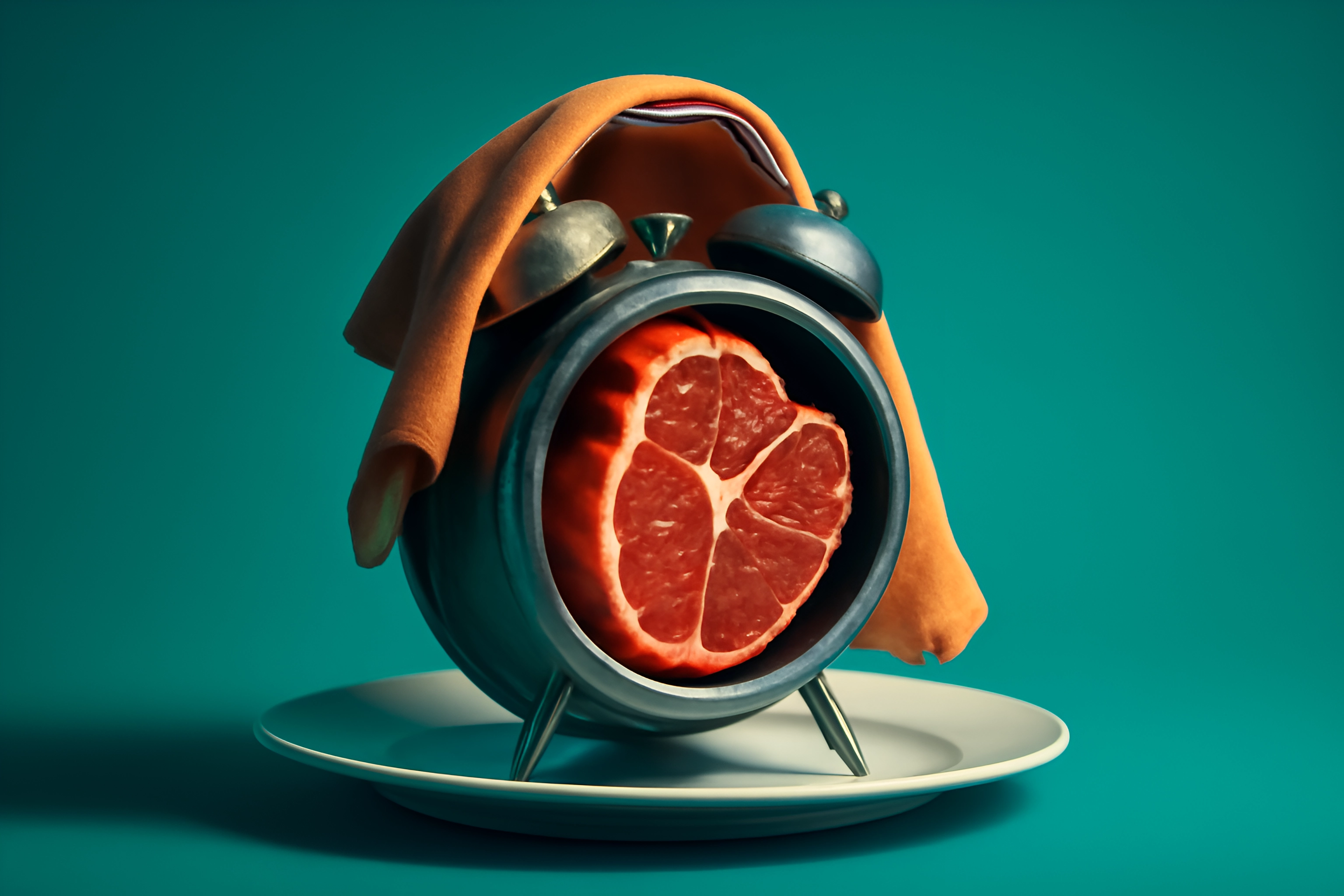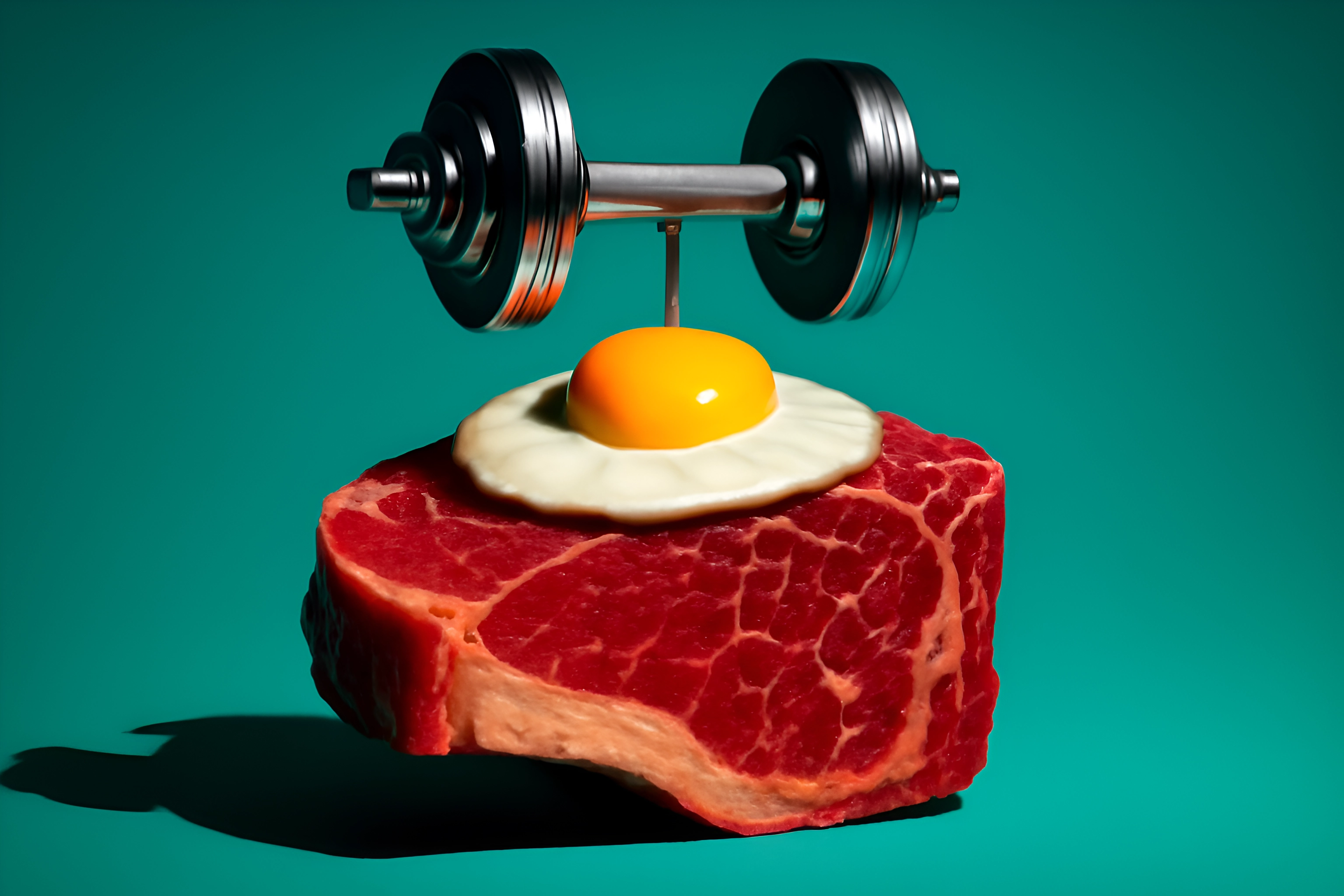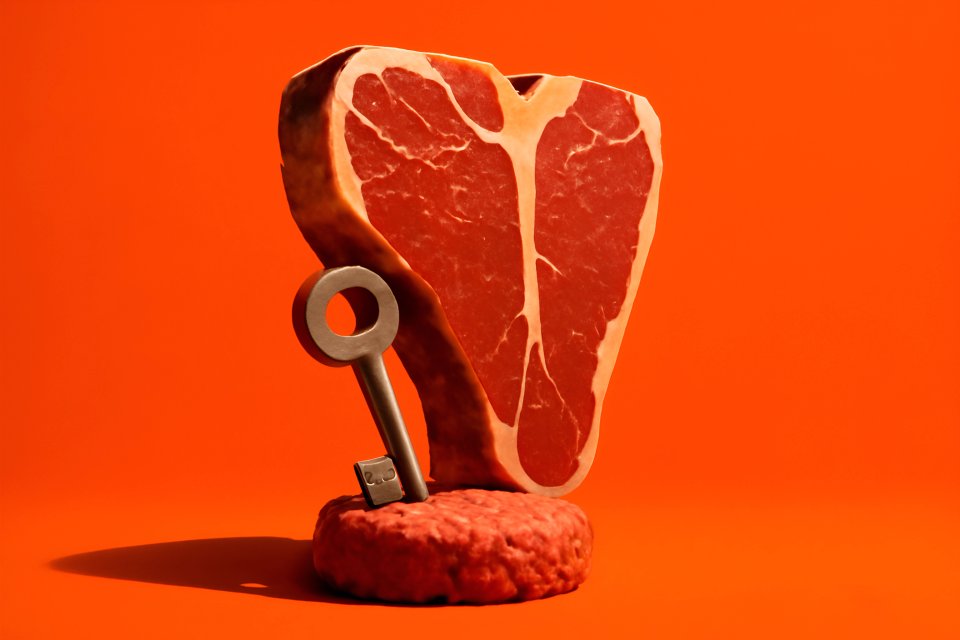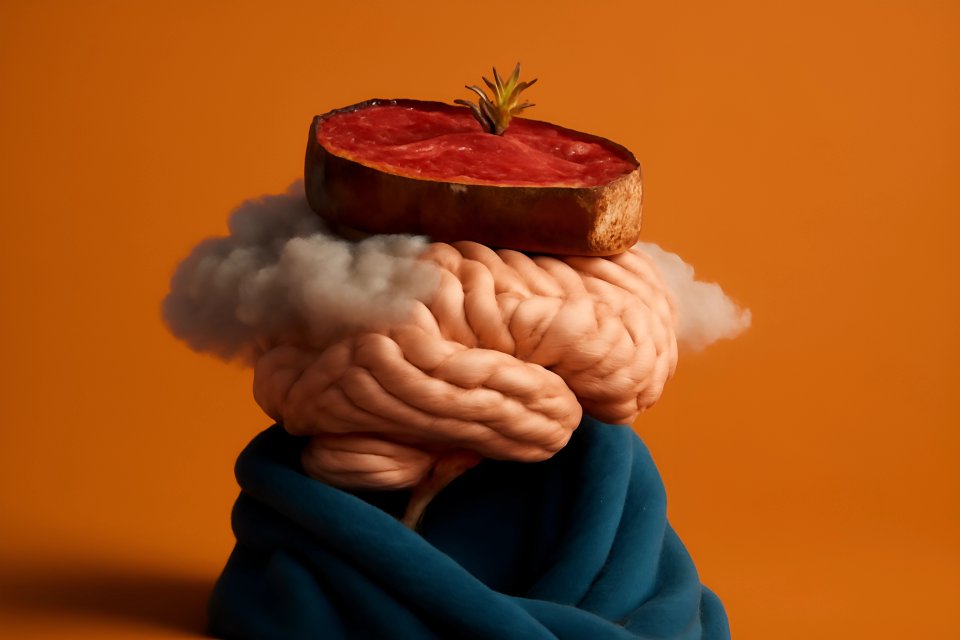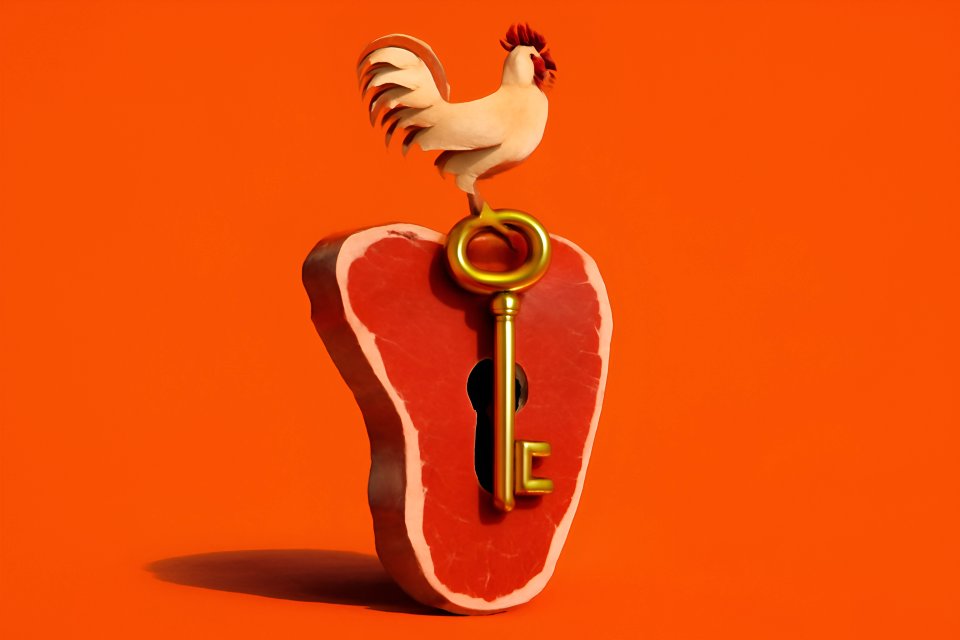
You’ve walked the path of the carnivore. You’ve experienced the incredible healing – the inflammation vanishing, your gut finally at peace, a mental clarity you thought was lost forever. It’s a profound transformation, a testament to the power of an animal-based approach. But now, a question whispers in your mind, a question many on this journey eventually face: "Do I have to eat only meat, forever?"
Let's be clear: for many, the answer is a resounding "yes," and that’s a powerful, valid choice for sustained well-being. However, for others, the idea of strategically reintroducing plant foods after carnivore diet isn't about failure; it's about careful, informed personalization. It's about exploring whether a modified carnivore approach can offer new dimensions to your life without sacrificing the health you’ve fought so hard to reclaim.
This isn't a casual stroll back to your old ways of eating. Oh no. This is a meticulous, step-by-step guide designed to help you navigate the reintroduction process safely. Our mission here at HealingCarnivore is to empower you with the knowledge to make these choices from a place of strength, ensuring you don't derail your incredible progress. Think of this as transitioning off carnivore not as an exit, but as a potential evolution, guided by your body's wisdom.
Why Consider Reintroducing Plants? (And Why It's Okay)
So, you're feeling fantastic on carnivore, but the thought of adding back some plants keeps nudging you. Why? Perhaps it's the allure of social flexibility – enjoying a wider range of meals with friends and family without feeling like the odd one out. Maybe you miss certain flavors or textures, a specific crunch or a burst of sweetness that meat alone, for all its wonders, doesn't provide. These are perfectly human desires, and acknowledging them isn't a betrayal of your healing.
Another powerful motivator is simply testing your newfound resilience. After a dedicated healing phase, where your body has had a chance to repair and reset, you might be curious about your personal tolerance levels. According to insights from resources like Carnivore Snax on modified carnivore diets, some individuals successfully incorporate specific, well-tolerated plants. This isn't about diving back into a free-for-all; it's about cautious exploration.
The HealingCarnivore perspective is this: after a significant period of deep healing, exploring reintroductions is about informed choice. It’s about seeing if certain plant compounds, perhaps specific fibers or polyphenols from carefully selected sources like fermented foods or low-toxicity fruits, can add value without reigniting old problems, as discussed by NourishWithKristin regarding temporary carnivore phases. This is your experiment, your body, your rules – always prioritizing the health gains you've achieved.
Are You Truly Ready? Pre-Reintroduction Checklist
Hold on. Before you even think about reaching for that first blueberry, we need to have a serious chat. Are you genuinely ready for this? Plunging in too soon can unravel your hard-won healing, and nobody wants that. This isn't a race; it's a strategic mission for your health.
First, let's talk time. How long have you been strictly carnivore? For significant healing, especially if you've battled chronic gut issues or autoimmune conditions, a minimum of 90 days is often suggested, but many, including experts like Nutrition with Judy, advise longer periods, potentially 6-12 months, to allow for deep mucosal healing. Have your primary health concerns – the gut distress, the autoimmune flares, the skin eruptions, the brain fog – significantly improved or, ideally, resolved? You need a clear, stable baseline; this is your control group in this experiment of one.
Your mindset is just as critical. Are you approaching this with patient curiosity, or are you feeling pressured, perhaps by external expectations or a sense of missing out? You must be prepared to hit the brakes, to stop or slow down the moment any negative symptoms arise. As emphasized by resources on elimination diet reintroductions, reintroduction is best attempted from a place of established health and strength, not from a position of lingering symptoms or anxiety.
The Science: Gut Healing on Carnivore & Why Careful Reintroduction Matters
Why all this caution? It’s rooted in the science of how your body, particularly your gut, has transformed on the carnivore diet. This way of eating is a powerful gut healing strategy because it removes a barrage of common irritants – think antinutrients like lectins, oxalates, and phytates found in many plants. By eliminating these, you've likely reduced intestinal permeability (the dreaded "leaky gut") and calmed systemic inflammation, a key benefit highlighted by sources like Carnivore Snax on gut health.
The carnivore diet can also lead to significant shifts in your gut microbiome. While this often means a reduction in problematic bacteria and an environment conducive to healing, it also means your gut's microbial landscape and enzyme production have adapted to an all-meat diet. Suddenly reintroducing a flood of plant fibers and different types of sugars can be a shock to this newly balanced system. Your gut lining, though healed, might still be sensitive, and the enzymes needed to efficiently digest plant matter might be downregulated, as noted in discussions about gut health on carnivore by Dr. Kiltz.
This is precisely why a slow, methodical carnivore diet reintroduction is paramount. Rushing the process can overwhelm your digestive capacity, potentially leading to unpleasant symptoms or even undoing some of your healing. Studies on red-meat-centric diets, such as one published in the Brazilian Journal of Food Technology (Scielo), indicate changes in fecal microbiota; reintroducing plants too quickly can disrupt this new equilibrium. We're aiming for careful integration, not a system shock.
The Step-by-Step Reintroduction Protocol
Alright, you’ve done your homework, you’re feeling strong, and your mindset is right. It’s time to lay out the battlefield plan. This protocol is your roadmap to navigating plant reintroduction with precision and care. Mess this up, and you could be back to square one. Get it right, and you unlock a new level of dietary personalization.
Core Principles
These are your non-negotiables. Tattoo them on your brain if you have to.
- First:
One at a Time. Introduce only ONE new plant food every 3-7 days. This is absolutely crucial for isolating any reactions. If you throw in five new things and feel awful, how will you know the culprit? - Second:
Start Small. We’re talking minuscule portions here – a tablespoon, a few bites, a single olive. You can always eat more later if tolerated. - Third:
Cook Thoroughly. Initially, prioritize well-cooked plants over raw. Cooking helps break down cell walls and can reduce certain antinutrients, making them easier on your potentially sensitive gut, a principle often cited in elimination diet guidelines. - Fourth:
Listen to Your Body. This is paramount. Symptoms are signals, your body’s way of saying "yes," "no," or "maybe later." - Fifth:
Keep a Detailed Journal. Track the food, quantity, preparation method, time of consumption, and ANY symptoms – digestive, skin, mood, energy, sleep, joint pain. This journal is your most powerful tool.
Phase 1: Lowest-Risk Plant Foods
Think of this as dipping your toe in the water, not a cannonball. We're focusing on foods generally well-tolerated and low in common irritants like oxalates, lectins, goitrogens, and FODMAPs. Your mission here is to test the waters gently, observing for any ripple.
What kind of foods are we talking about? For fruits, consider those that are low in sugar and FODMAPs: perhaps a few slices of avocado, some olives, or a very small handful of blueberries or raspberries. When it comes to non-starchy vegetables, think cucumber (peeled and deseeded is often best), zucchini (peeled and well-cooked), cooked carrots, or tender asparagus tips. For herbs and spices, start with single, fresh, or dried options like parsley, oregano, or thyme before you even consider complex spice blends, as advised by resources like Nutrition with Judy.
What should you absolutely avoid at this stage? Steer clear of grains, legumes, nuts, seeds, nightshades (tomatoes, peppers, eggplant, potatoes), high-oxalate greens like spinach and chard, and most raw cruciferous vegetables (broccoli, cauliflower). These are known troublemakers for many and are best left for much later, if at all. The goal of Phase 1 is to build confidence and gather data with the safest options first.
Phase 2: Expanding Carefully (If Phase 1 is Successful)
So, you’ve navigated Phase 1 like a champ, introducing a few low-risk plants with no drama. Your journal is clean, and you’re feeling good. Now, and only now, can you consider cautiously expanding your repertoire. The core principles still apply: one new food at a time, small portions, thorough cooking initially, and meticulous journaling.
In this phase, you might carefully trial well-cooked cruciferous vegetables. Think small amounts of steamed broccoli florets or cauliflower, cooked until very tender. Some well-soaked and sprouted nuts or seeds could be considered, focusing on lower-irritant options like macadamias or pecans, but proceed with extreme caution. If you're feeling brave and have had zero issues, you could test well-cooked nightshades, such as a small amount of peeled and deseeded bell pepper or tomato, as suggested in some AIP diet reintroduction phases.
Another category to explore in Phase 2 could be fermented vegetables. Start with just the juice from sauerkraut (e.g., a teaspoon) to see how your body responds to the probiotics and fermentation byproducts before trying a tiny amount of the actual kraut. Remember, the idea is to gradually introduce slightly more challenging foods, always monitoring and being ready to pull back if your body sends up a flare. This careful expansion is key to understanding your unique tolerance landscape.
Phase 3: Higher-Risk Foods (Optional & With Extreme Caution)
Welcome to Phase 3, the territory of "proceed with extreme caution," or for many, "don't proceed at all." These are the foods commonly problematic for a large number of people, even those without pre-existing sensitivities. Think legumes (even if meticulously soaked and pressure-cooked), grains (if you're even considering them), and larger quantities of high-oxalate foods like spinach or almonds.
Why even mention this phase? Because some individuals, after extensive healing, may wish to test their absolute limits out of curiosity. However, the HealingCarnivore stance is one of profound skepticism here. For many who found relief on a carnivore diet, these foods were the primary antagonists. Reintroducing them, as noted by sources like Lion Diet FAQs, often serves only to remind you why you went carnivore in the first place.
If you do venture into Phase 3, the rules are even stricter: tinier portions, longer waiting periods between foods (7 days minimum), and an even more critical eye on your symptom journal. Often, people find they are far happier and healthier maintaining an animal-based diet with a few well-tolerated selections from Phase 1 and Phase 2. There's no shame, and often much wisdom, in deciding this phase is simply not for you. Your hard-won health is the prize; don't gamble it recklessly.
Monitoring Your Body's Response: What to Look For
Your body is talking to you. Are you listening? During this reintroduction journey, becoming a hyper-aware detective of your own physiology is non-negotiable. The slightest whisper of a symptom could be a crucial clue.
Let's start with the obvious: digestive symptoms. Are you experiencing any bloating, gas, abdominal pain, constipation, diarrhea, heartburn, or noticing undigested food in your stool? These are often the first signals that a particular plant food isn't sitting well, as detailed in guides for reintroducing foods after elimination diets. Don't ignore these; document them immediately.
But the reactions aren't always just in your gut. Be vigilant for systemic symptoms. Is your skin acting up with rashes, acne, or eczema flare-ups? Are your joints feeling achy, stiff, or swollen? Notice your energy levels: are you experiencing unusual fatigue or sudden energy crashes? Pay attention to your mental state: any brain fog, anxiety, depression, or mood swings? Are those old sugar or carb cravings creeping back in? Even disrupted sleep or new headaches can be indicators, as highlighted by various elimination diet resources.
Of course, we're also looking for positive signs: continued well-being, stable energy, and no adverse reactions whatsoever. This is the goal! And this is where your food and symptom journal becomes your bible. Reiterate its importance: date, time, food, quantity, preparation, and all symptoms (or lack thereof). This detailed record, as emphasized by many health professionals including those at Cleveland Clinic regarding elimination diets, is what will allow you to connect the dots and make truly informed decisions.
Troubleshooting Common Challenges
Even with the best-laid plans, you might hit a few bumps in the road. Don't panic. Knowing how to troubleshoot common challenges is key to staying in control and not letting a minor setback derail your entire experiment. This is where the "no-BS" HealingCarnivore approach really shines.
"I reacted to a food. Now what?"
Okay, so you ate something, and your body screamed "NO!" First, remove the offending food immediately. Don't try to "push through it." Second, wait for all symptoms to fully resolve and for you to return to your comfortable carnivore baseline. This might take a few days. Then, you have choices: a) decide that food is a permanent "no-go" for you, b) consider trying it again much later, in an even smaller amount or prepared differently (e.g., longer cooking, peeling, deseeding), or c) conclude it's simply not worth the trouble. The key is to isolate and learn.
Fear of Reintroduction/Fear of Symptoms
This is incredibly common. You've felt so good on carnivore, the thought of potentially feeling bad again can be paralyzing. Acknowledge the fear, but don't let it cripple you. The slow, methodical, one-at-a-time approach is designed to give you control. You're not diving into the unknown; you're taking tiny, calculated steps. If a symptom arises from a micro-dose, it's valuable information, not a catastrophe.
Old Cravings Resurfacing
Uh-oh. You ate a few berries, and suddenly that old sugar demon is whispering sweet nothings in your ear. This can happen. First, ensure your carnivore base is solid – are you getting enough fat and protein to feel truly satiated? Often, cravings are a sign of undernourishment or an imbalanced macronutrient intake. Also, address any emotional triggers. Sometimes cravings are less about physical need and more about old habits or emotional comfort.
Slow Progress or Multiple Sensitivities
Feeling frustrated because you seem to be reacting to almost everything, or progress is snail-paced? It's okay. This is valuable information too! It might mean your gut needs more healing time on strict carnivore. Or, it might mean that you, personally, thrive best with very, very few plants, or even none at all. This isn't failure; it's self-discovery. The HealingCarnivore mantra is simple: if a food makes you feel bad, consistently, it's not serving your healing journey, no matter how "healthy" someone else claims it is.
Long-Term Strategies: Finding Your Unique "Animal-Based Plus" Diet
The ultimate goal here isn't to eventually return to a Standard American Diet or even a "balanced" diet as defined by mainstream nutrition. Heavens, no! You've learned too much for that. The aim is to discover your optimal, sustainable way of eating – a personalized template that keeps you feeling vibrant and strong.
For many who have walked this path, the sweet spot ends up being a predominantly animal-based diet, perhaps with a small, carefully curated selection of well-tolerated plants. This might look like carnivore with avocado and blueberries, or hearty beef meals occasionally accompanied by a side of fermented carrots or a few olives. This "animal-based plus" approach, as explored by resources like Carnivore Snax on modified carnivore, prioritizes nutrient-dense animal foods as the foundation.
Consider the concept of "plant cycling" or enjoying certain tolerated plants seasonally, if that appeals to you and your body agrees. And remember, your tolerance can change over time – for better or worse. It’s wise to periodically re-evaluate, especially if new symptoms arise or old ones creep back. The HealingCarnivore philosophy emphasizes that "healing deeply" means continuously listening to your body and personalizing your approach. Radical simplicity, with animal foods at its core, can still be your most powerful ally.
Conclusion: Your Journey, Your Choices
So, there you have it – a comprehensive, no-nonsense guide to navigating the often-tricky waters of reintroducing plant foods after a period of strict carnivore. Remember the golden rules: go slow, introduce one food at a time, truly listen to your body's signals, and meticulously journal everything. This isn't about following someone else's dogma; it's about conducting a careful, personal experiment.
We want to empower you. Reintroduction is a tool for further personalization, a potential avenue for increased flexibility or enjoyment, but it is not a requirement. If you find that plants, even those deemed "safe," bring back symptoms or diminish your hard-won vitality, then a strict carnivore diet remains an incredibly powerful and valid option for ongoing healing and long-term maintenance. Many thrive beautifully this way, and that is a victory in itself.
Your health journey is uniquely yours. Embrace the process of discovery with patience and self-compassion. The HealingCarnivore way is about finding what truly nourishes and sustains you, allowing you to live your most vibrant life. Trust your body; it holds the ultimate wisdom.
Call to Action
What are your experiences with reintroducing plants after carnivore? Did you discover any surprise sensitivities or unexpected wins? Share your tips, challenges, or questions in the comments below – your story could help someone else on their path!
For more foundational knowledge, be sure to check out our Beginner’s Guide to Carnivore and dive deeper into Understanding Gut Health on Carnivore.
And don't forget to subscribe to the HealingCarnivore newsletter for more cutting-edge tips, recipes, and strategies to support your healing journey with animal-based nutrition!
